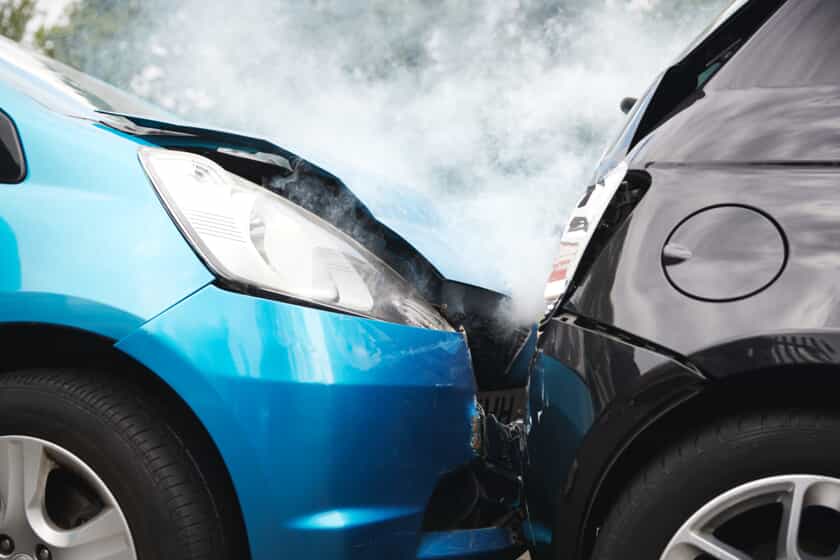
Hydroplaning, or aquaplaning as it is called overseas, is a situation where a wedge of water builds up in front of your tires, reducing the friction that allows you to keep control of the speed and direction of your car. Driving in the rain is often a harrowing experience on its own, and when your car begins to hydroplane, it can become terrifying quickly; it can also become very dangerous.
There are a number of ways to prevent your car from hydroplaning, but if you find yourself in the position of experiencing the event, it is important to take the correct action in order to avoid a car accident.
What To Do if You Hydroplane
The first instinct that many drivers have when they begin to skid due to a hydroplane is to slam on the brakes. This is not necessarily a good idea—it can, in fact, compound the issue, particularly if your car does not have anti-lock brakes. If you were traveling straight, the car may simply begin to feel “loose,” and less responsive.
However, in more extreme cases, there may be a greater loss of control, or even a noticeable skid, particularly if you were turning when the hydroplane started. If you do skid, your instinct may be to try desperately to turn the car—this is also often a mistake. The best response is to remain calm as much as possible.
Handling Hydroplaning at a High Speed
If you were traveling at a relatively high speed, ease off of the accelerator. The car slowing down may give the tires an opportunity to regain traction. If you need to brake, make sure that you brake smoothly and slowly. If your car does not have anti-lock brakes, you may need to “pump” your brakes to ensure that they do not lock up.
What To Do if the Rear Wheels of Your Car Hydroplane
If the rear wheels of your car hydroplane, and cause oversteer—the car turning more sharply than intended—you should drive in the direction of the skid until the rear tires regain traction, and then rapidly steer in the other direction to correct. Fight the temptation to try and regain control of the steering right away—it is ineffective because the water that caused your hydroplane is giving you a false sense of the tire position.
If you twist and turn the steering wheel when your tires regain traction you may end up colliding or crashing with another vehicle or obstacle. It cannot be stressed enough that the initial instincts—to slam on the brakes and turn the steering wheel around—are not good ideas.
How To Handle Hydroplaning With Your Foot on the Brake
If your foot is on the brake when the hydroplane occurs, then you should back off of the brake immediately, so that your car has a chance to reconnect to the road. The correct reactions make all the difference in a hydroplaning scenario. If you are accelerating, then back off of the accelerator and wait for the tires to regain traction.
What Should You Do if You Are Turning When Your Car Hydroplanes?
If you are turning at the time that you begin to hydroplane, steer firmly into the turn and then correct once your tires have reconnected with the road. Remaining calm is the most important part of handling an incident of hydroplaning in your car. As always, take basic precautions, and if you do experience a car accident, follow the necessary steps and contact an experienced Florida car accident lawyer at Zimmerman & Frachtman, P.A. as soon as possible.
If you have been injured in a car accident, schedule a free consultation with the attorneys at Zimmerman & Frachtman, P.A. today by filling out a form on our contact page or calling us now at (954) 504-6577.

